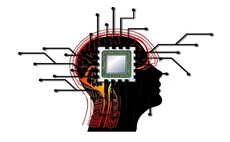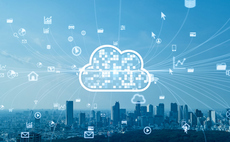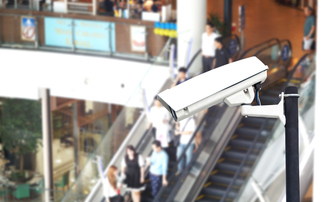The IoT suffers greatly from definition creep, but security is undoubtedly a key issue
A survey has found that the Internet of Things (IoT) is already playing a major role in about one third of businesses, but that security considerations may be lagging behind. The survey of 200 c...
To continue reading this article...
Join Computing
- Unlimited access to real-time news, analysis and opinion from the technology industry
- Receive important and breaking news in our daily newsletter
- Be the first to hear about our events and awards programmes
- Join live member only interviews with IT leaders at the ‘IT Lounge’; your chance to ask your burning tech questions and have them answered
- Access to the Computing Delta hub providing market intelligence and research
- Receive our members-only newsletter with exclusive opinion pieces from senior IT Leaders




















